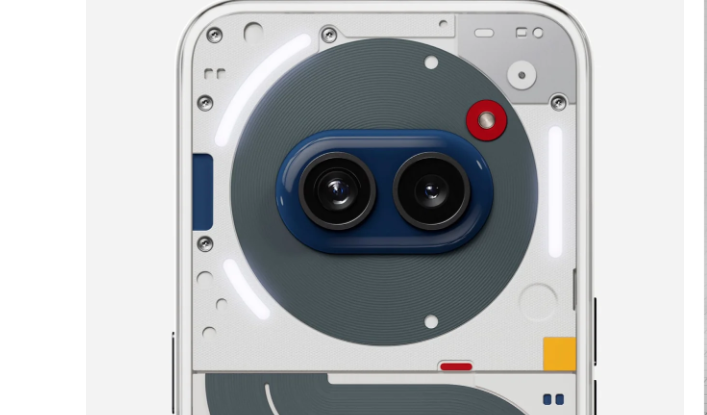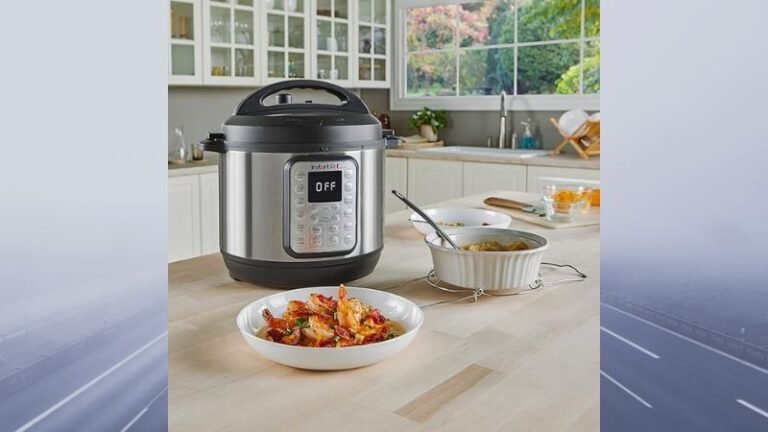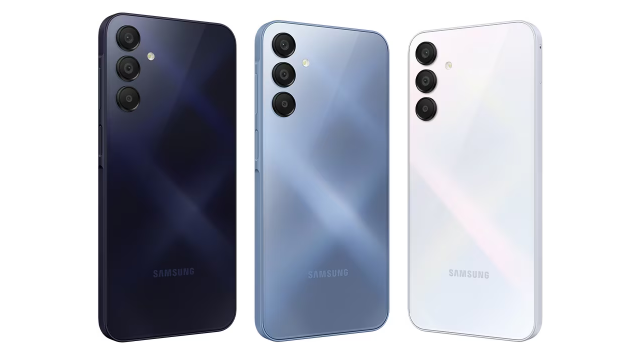Top 10 Phones for Vlogging
Are you looking for the best phone for vlogging? In this article, I am going to present top 10 Phones for Vlogging.
In our hunt for the perfect vlogging buddies, we dove into exploring over 20 phone options across several days. We dug deep to uncover the must-have features that make vlogging a breeze. When it comes to vlogging, you want a phone with a camera that snaps gorgeous, crystal-clear photos and shoots top-notch videos.
Top 10 Phones for Vlogging
The best vlogging phones can even record in 4K at 60 frames per second, giving your content that professional edge. And let’s not forget about battery life – you need a phone that won’t bail on you mid-vlog! Bright displays and sturdy builds are also key, ensuring you can vlog anytime, anywhere without worry. After our research journey, one phone stood out from the crowd: the Apple iPhone 11 Pro. This bad boy ticks all the boxes for vlogging greatness. Ready to learn more about this gem and our other top smartphone picks? Keep reading!
#10 Samsung Galaxy A10
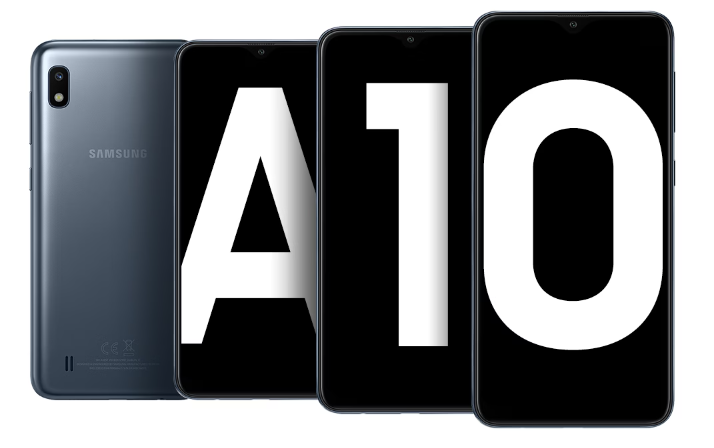
This is a budget-friendly phone that’s great for vlogging. It has a solid camera, long-lasting battery, nice display, and a slim design that’s easy to hold. Plus, it lets you expand your storage up to a whopping 512GB!
| Pros | Cons |
|---|---|
| Attractive design that fits well in hand | 720p display resolution |
| Simple camera operation | Somewhat sluggish response time |
| Long-lasting battery life |
The Samsung Galaxy A10 is a great choice for budget-conscious vloggers looking for quality without breaking the bank. While it does make some compromises typical of budget phones, like a lower display resolution and slower processor, it still delivers solid performance. The display is bright and colorful, although it’s limited to 720p resolution, which might not be noticeable on its smaller screen. The processor can be a bit sluggish at times, but it’s generally tolerable.
Design-wise, the A10 stands out with its comfortable grip and slim bezels around the display. Plus, it supports microSD card expansion up to 512GB, a feature increasingly rare in smartphones.
In terms of camera, the A10 surprises with just a single 13MP rear lens, but it performs admirably. It can shoot 1080p videos at 30fps, offering decent quality for most situations. While low-light performance may not be the best, its simplicity makes it great for vlogging, requiring minimal tweaking. Just remember to pair it with a reliable phone case for added protection.
#9 Moto G7 Power
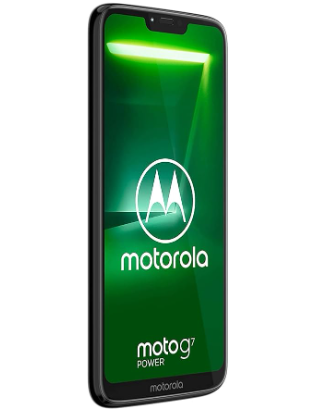
The Moto G7 Power is a fantastic choice for newbie vloggers looking for value without compromising performance. What’s surprising is its top-notch camera features at such an affordable price. It can shoot 4K videos at 30fps and delivers impressive quality for both videos and photos. You also have the option for smoother 1080p videos at 60fps, which is a nice touch.
| Pros | Cons |
|---|---|
| Stellar, two-day battery life | No water resistance |
| Includes fast-charging functionality | No NFC functionality |
| Consistent, reliable processor speeds |
Design-wise, the G7 Power is solid, though a bit bulkier due to its hefty 5000 mAh battery. Speaking of which, the battery life is exceptional, lasting up to two full days on a single charge. While the display isn’t as sharp or bright as pricier models, it still gets the job done. With 32GB of internal storage and microSD card support, you have plenty of space for your vlogs. Just keep in mind, it’s not water-resistant, so avoid vlogging near water to be safe.
#8 LG V30

The LG V30 stands out mainly for its robust design and durability. It boasts an IP68 rating, meaning it’s dust and water resistant, capable of surviving submerged in water for up to 30 minutes. Beyond its sleek metal and glass exterior, the V30 is MIL-STD-810G certified, a military standard for durability.
Additionally, it sports a vibrant OLED display and supports expandable storage via a microSD card. With proprietary Hi-Fi Quad DAC technology, the V30 delivers optimized audio quality. While it offers a dual-camera setup (16MP + 13MP), its standout feature is the camera software packed with extra functionalities.
| Pros | Cons |
|---|---|
| Vibrant, detailed OLED display | Autofocus isn’t as fast as other phones |
| Optimized audio with Hi-Fi Quad DAC | Front-facing camera could be improved |
| Expandable storage via microSD card |
For instance, the snapshot feature lets you preview a photo in the bottom half of the screen, aiding composition for subsequent shots. Moreover, the phone provides manual controls akin to professional DSLR cameras, enhancing vlogging potential. If durability is a priority, consider exploring our best rugged smartphones buying guide for additional options.
#7 Huawei P30 Pro
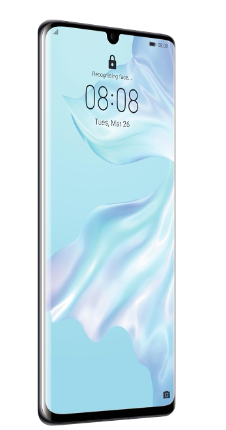
The Huawei P30 Pro boasts exceptional design both inside and out. Equipped with a swift Kirin 980 processor, it ensures smooth performance. Its IP68 dust and water resistance adds durability to its appeal. The 6.47-inch curved display, crafted from Corning Gorilla Glass, offers both aesthetic elegance and durability against scratches and shatters.
| Pros | Cons |
|---|---|
| Quad camera functionality | Display isn’t 4K |
| Super-slim bezels for larger display | User interface could use some work |
| In-display fingerprint scanner is fast |
The gradient coloring on the back adds to its visual allure, making it a standout device for vlogging. Despite its slightly imperfect EMUI user interface, navigating through the phone remains simple and intuitive. The P30 Pro also incorporates a rapid in-display fingerprint reader, setting it apart from many Android rivals.
Yet, the true highlight of the Huawei P30 Pro lies in its quad-camera setup. With three rear cameras (40MP + 20MP + 8MP) and one front-facing camera (32MP), it covers a wide range of photographic needs. Particularly noteworthy is its telephoto lens offering 10x lossless optical zoom and integrated AI technology that reduces blur caused by hand movements.
Capable of recording 4K video at 30 frames per second, the P30 Pro ensures sharp and detailed footage. The inclusion of Huawei’s Optical Image Stabilisation (OIS) further enhances stability, both in photos and videos, making it a top contender among Chinese smartphones.
#6 OnePlus 7T Pro
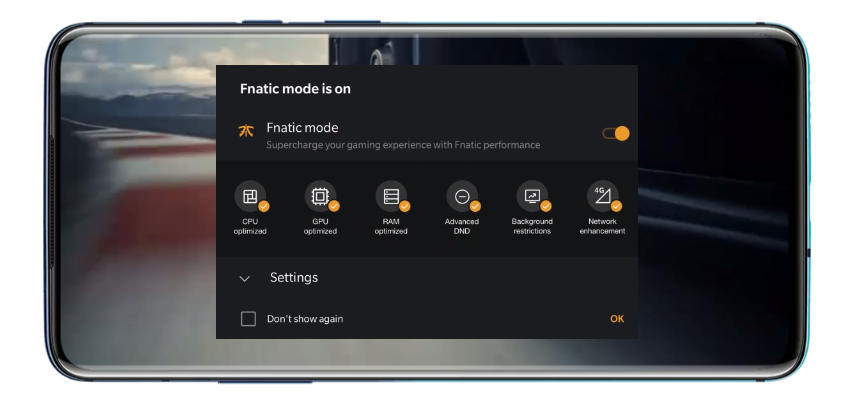
The OnePlus 7T Pro offers a modest upgrade from its predecessor, but its affordability compared to other flagship vlogging phones makes it a great choice for budget-conscious users. Despite its lower price, this smartphone packs a punch and can easily compete with more expensive models.
| Pros | Cons |
|---|---|
| Oxygen OS is incredibly user friendly | Disappointing low-light camera performance |
| Unique pop-out design for front camera | No wireless charging option |
| Large, 256GB internal storage |
With a stunning OLED display boasting a sharp 3120×1440 resolution and a smooth 90Hz refresh rate, the 7T Pro delivers vibrant visuals and fluid performance. Powered by the Snapdragon 855 chipset, it ensures a seamless user experience, complemented by the intuitive Oxygen OS interface.
Storage won’t be an issue either, as the 7T Pro comes with a generous 256GB onboard storage, although there’s no option for expansion. On the camera front, this phone shines with its proprietary UltraShot engine, optimizing both photos and videos with automatic scene detection.
Equipped with a triple camera setup (48MP + 16MP + 8MP) at the back and a unique pop-up 16MP selfie camera, it’s geared for capturing high-quality content. However, its low-light performance falls short of expectations, which is something to consider, especially for vloggers. Additionally, for those who frequently travel internationally, exploring dual SIM options might be worthwhile.
#5 Apple iPhone XS
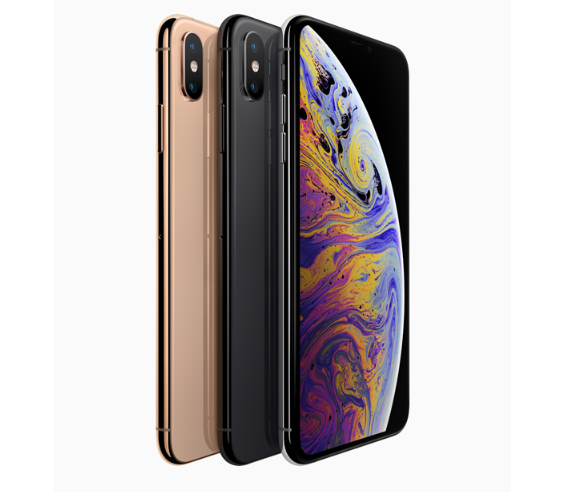
The iPhone XS continues Apple’s legacy of delivering top-notch products suitable for both vlogging and everyday use. Its camera system, featuring dual 12MP rear cameras and a 7MP front camera, offers vibrant stills and videos with enhanced Smart HDR technology capturing more light for better results.
| Pros | Cons |
|---|---|
| Smart HDR enhances video vibrancy | Average battery life |
| Seamless, snappy user experience | No expandable storage |
| Tough front glass for durability |
Video recording at 4K 30fps produces sharp, detailed footage, complemented by Portrait mode for artistic depth adjustments. Despite lacking Apple’s Night Mode, low-light performance impresses.
Adhering to Apple’s design ethos, the iPhone XS boasts a sleek 5.85-inch Super Retina XDR OLED display with rounded corners, delivering enhanced brightness and detail. It maintains durability with IP68 water and dust resistance and withstands drops and bumps well.
Storage options range from 64GB to 512GB, but there’s no expandable storage. Battery life is decent, lasting most of the day under normal use, though heavy 4K video recording may drain it faster. For extended vlogging sessions, carrying a reliable portable charger is advisable.
#4 Google Pixel 4 XL
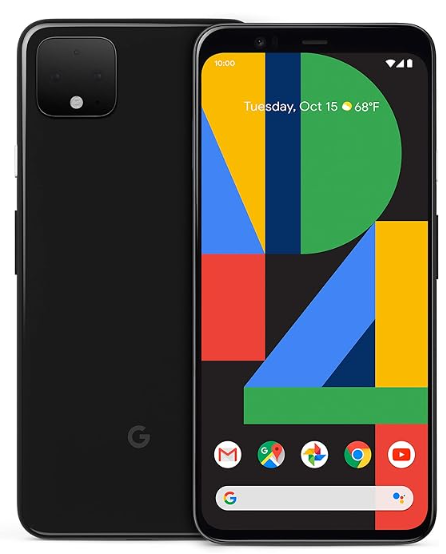
The Google Pixel 4 XL represents the next step in the evolution of Pixel smartphones, building upon the strengths of its predecessors. Its standout feature is undoubtedly its camera, which captures vibrant, detailed images and videos, even in low-light conditions. For vloggers, it offers 16-megapixel stills and crisp 4K video recording.
In terms of design and usability, the Pixel 4 XL shines. Powered by the Snapdragon 855 chipset, it delivers smooth performance, complemented by a user-friendly interface. The OLED display is vibrant and spacious, boasting a 90Hz refresh rate for seamless visuals, although it could be brighter. Noteworthy is the inclusion of Motion Sense, enabling gesture control and enhancing facial recognition for added security.
However, storage options are limited, with the base model offering only 64GB and no expandable storage. If you require more space, you’ll have to opt for a higher-tier model.
#3 Samsung Galaxy S10+
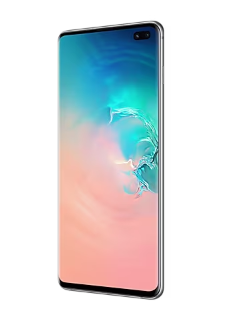
The Samsung Galaxy S10+ comes in as the second-place contender in this category, and it’s not hard to see why. Let’s dive into its standout features, starting with its camera setup. Like many of the latest smartphones, the Galaxy S10+ boasts a multi-lens camera system, with three lenses on the rear and two on the front. The rear camera can shoot impressive 4K video at 60 fps and captures still images at 12-megapixel resolution.
| Pros | Cons |
|---|---|
| Colorful AMOLED display | Low light photos could be better |
| Charges other phones with Wireless PowerShare | Slower response on fingerprint reader |
| OLED display is sharp and bright |
Meanwhile, the front-facing cameras are both 10MP and also capable of recording in 4K. Overall, its vlogging performance is top-notch, thanks to various software enhancements that aid in scene recognition and photo composition. While its night mode performance is not the best, both videos and photos turn out sharp and detailed in most situations. If you’re looking for a phone for your child, check out our list of the best smartphones for kids.
In terms of design and performance, the Samsung Galaxy S10+ doesn’t disappoint. It boasts the Snapdragon 855 processor, one of the latest in the market, delivering excellent real-world and benchmark performance. Coupled with Samsung’s One UI software, the user experience is smooth and responsive.
However, the fingerprint reader could use some improvement as it tends to be slow to respond. The real highlight of this phone is its battery life, featuring a massive 4100 mAh battery that easily lasts all day. Additionally, the S10+ offers a unique Wireless PowerShare feature, allowing you to wirelessly charge other phones and devices—a convenient and standout feature indeed. If you’re after one of the best selfie camera phones, the S10+ is a solid choice.
#2 Samsung Galaxy S20 Ultra
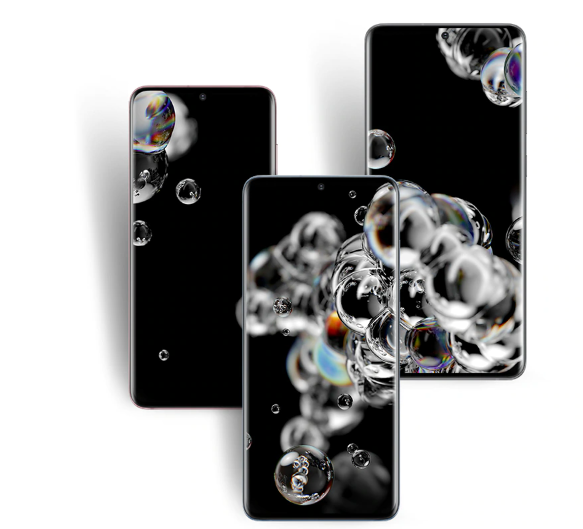
The Samsung Galaxy S20 Ultra is undeniably a powerhouse, especially in terms of its camera capabilities. Sporting an innovative 108-megapixel sensor, along with impressive 10x lossless zoom and the intriguing 100x digital zoom known as Space Zoom, this phone sets a new standard.
It can capture footage in astonishing 8K resolution at 24fps, delivering vivid and detailed vlogs. However, its real standout feature lies in its zoom capabilities, particularly with the 10x lossless zoom, although Space Zoom, reaching up to 100x, can be a bit tricky to handle due to natural hand movements. To optimize Space Zoom, consider using a tripod to stabilize the shots.
| Pros | Cons |
|---|---|
| Advanced 108MP camera with 100x zoom | Inconsistent battery life performance |
| Beautiful, smooth 120Hz display | Bulkier and heavier than other phones |
| Supports 5G connectivity |
In addition to its cutting-edge camera, the Samsung Galaxy S20 Ultra offers a plethora of other top-notch features expected from flagship vlogging smartphones. It boasts 128GB of internal storage, with options for expansion if needed.
The stunning 120Hz display adds to the overall appeal, providing a visually captivating experience. With its sizable 5000 mAh battery, you can usually expect long-lasting performance. However, the abundance of features packed into the S20 Ultra may lead to inconsistent battery life depending on usage.
While the phone is robust with IP68 water and dust resistance, its bulkier build compared to other vlogging phones might require accessories like a selfie stick or handheld gimbal for more comfortable handling. Additionally, it stands out as one of the top choices for 5G connectivity.
#1 Apple iPhone 11 Pro
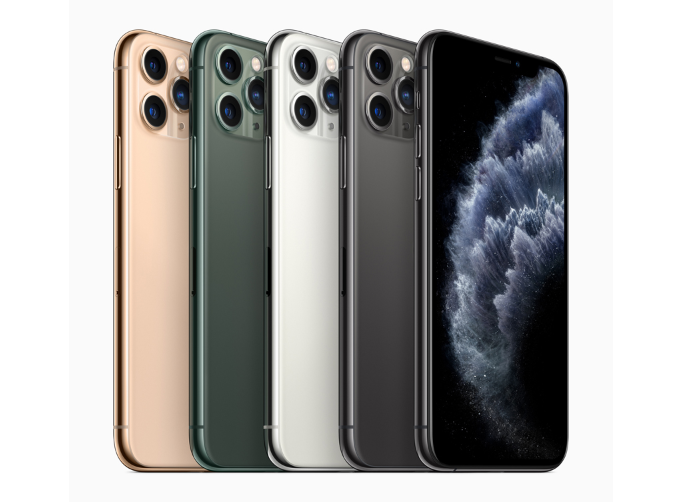
The Apple iPhone 11 Pro may resemble its predecessor, but it packs numerous upgrades, particularly in the camera and battery departments. Apple introduced a third rear camera lens, enabling wide, extra-wide, and 2x optically-zoomed perspectives.
| Pros | Cons |
|---|---|
| Triple camera design | No expandable storage |
| Blazing fast A13 Bionic processor | No headphone jack |
| OLED display is sharp and bright |
With 4K at 60 fps capability on both front and rear cameras and 12MP still image quality, the camera performance is outstanding in any scenario. The introduction of Night Mode greatly enhances image and video quality in low-light conditions, addressing a significant need from previous models.
In terms of design and performance, the iPhone 11 Pro shines both inside and out. Powered by the A13 Bionic chip, it delivers swift and responsive performance, especially when coupled with iOS 14, Apple’s latest operating system.
With IP68 water and dust resistance, the iPhone is highly durable, ideal for vlogging on the move. Its robust glass construction offers scratch resistance, although using a case and screen protector is still advisable. The bright and crisp OLED display further enhances the user experience.
While expandable internal storage and a headphone jack are notable omissions, they are outweighed by the phone’s overall excellence. With its impressive features, the iPhone 11 Pro stands out as the top choice for YouTube videos and ranks among the best low-light camera phones available.
How To Decide Best Phones for Vlogging
When ranking the top mobile phones for vlogging, the primary factor we scrutinized was camera quality. A subpar camera could compromise the quality of your vlogs and impact your viewer engagement. Therefore, we prioritized phones with 4K video recording capabilities, giving extra credit to those with higher frame rates and additional software enhancements like image stabilization.
Next, we evaluated the overall design, with a focus on display quality. We favored phones with at least full HD displays, but those offering higher resolutions earned higher rankings for better video reviewing experiences. Durability and aesthetics were also crucial, so we preferred phones with IP68 water and dust resistance and displays crafted from tough materials like Corning Gorilla Glass.
Lastly, we considered overall performance and user-friendliness. A swift, responsive processor is essential for capturing high-quality videos smoothly, and a longer battery life ensures uninterrupted recording sessions. Phones excelling in these aspects earned higher scores for providing a seamless vlogging experience.
Key Considerations for Vlogging Phones
Video Recording Quality
When selecting a phone or camera for vlogging, camera quality is paramount. Modern smartphones boast impressive camera resolutions and image quality. For optimal vlogging, aim for a device with 4K video recording at 60 frames per second (FPS). While phones with 1080p recording are more budget-friendly, they may compromise on video quality.
Display Size and Quality
For on-the-go editing, a smartphone with a sizable screen is advantageous. Look for devices with screens exceeding six inches for enhanced editing comfort. Additionally, prioritize display quality, focusing on resolution and technology. Higher resolutions produce sharper images, with AMOLED or Retina displays offering superior visual experiences.
Internal Storage
Ample internal storage is essential for housing large 4K video files. Opt for smartphones with generous storage capacities, ideally supplemented by microSD card slots for expandability. This ensures you have sufficient space for storing and managing your vlog footage.
Durability
Since vlogging often occurs in diverse environments, choose a durable phone capable of withstanding the rigors of travel and outdoor shooting. Seek devices with robust construction materials such as stainless steel, aluminum, or durable plastics. Additionally, prioritize models with water-resistant features to safeguard against unexpected spills or weather conditions.
Battery Life
Recording 4K videos consumes significant battery power, necessitating devices with prolonged battery life. Evaluate phones with high milliamp-hour (mAh) ratings, indicating longer-lasting battery performance. Additionally, consider devices offering power-saving features like Low Power modes to optimize battery longevity during vlogging sessions.


